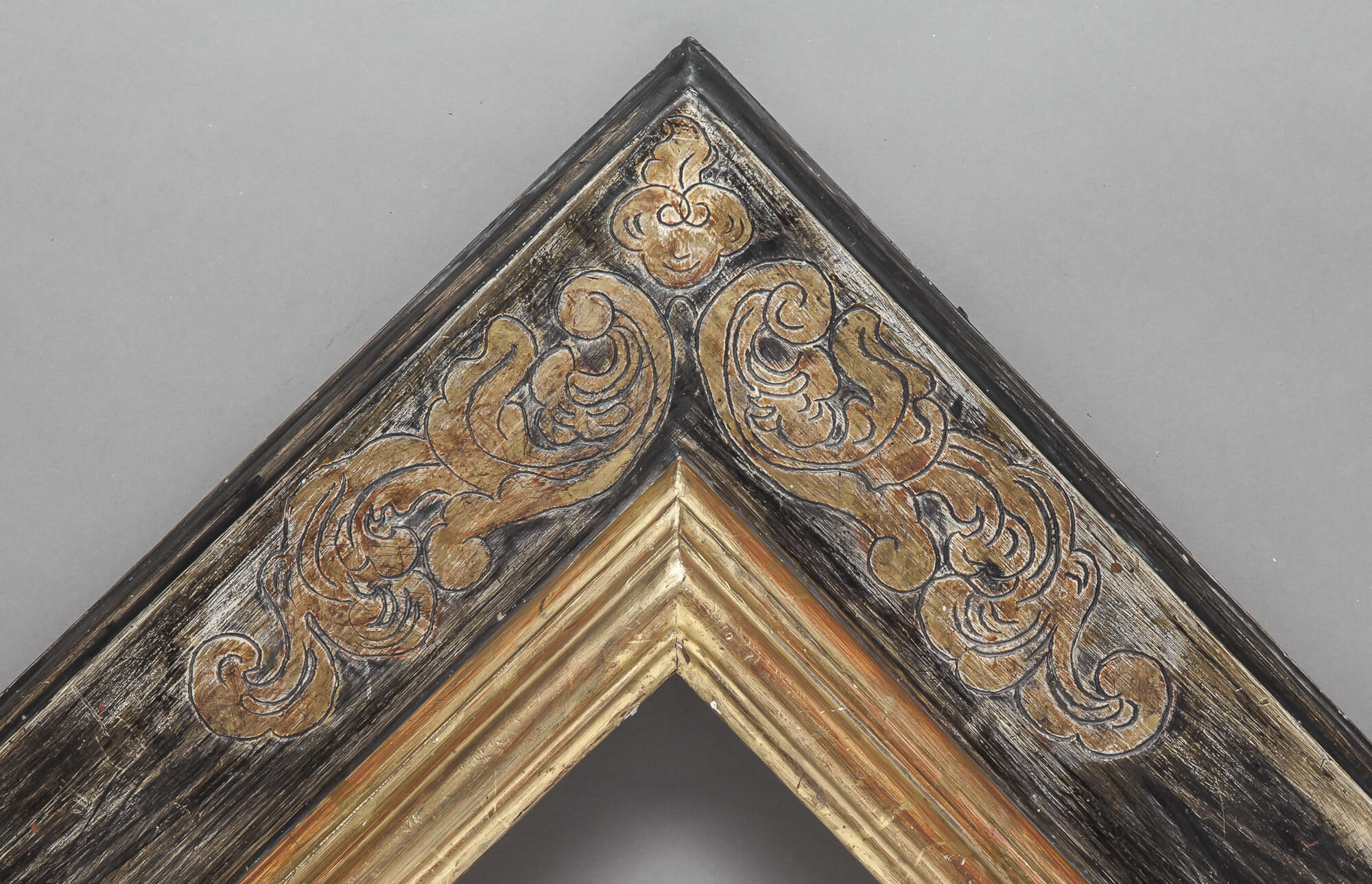Spanish fine art frames closely mirror Italian baroque and mannerist frames so it can be hard to tell the difference. But the classic Spanish frame would be characterised by a large, reverse-shaped moulding with heavily carved corners and central flourishes; in most cases, the decorative features are just a little chunkier than their Italian counterparts.
There’s a reason for this; Spain lay slightly apart from the main highway of artistic traffic in Europe, so changes in style arrived a little later and hung around for longer. But these frames perfectly suited the Spanish tendency for the flamboyant and the decorative.
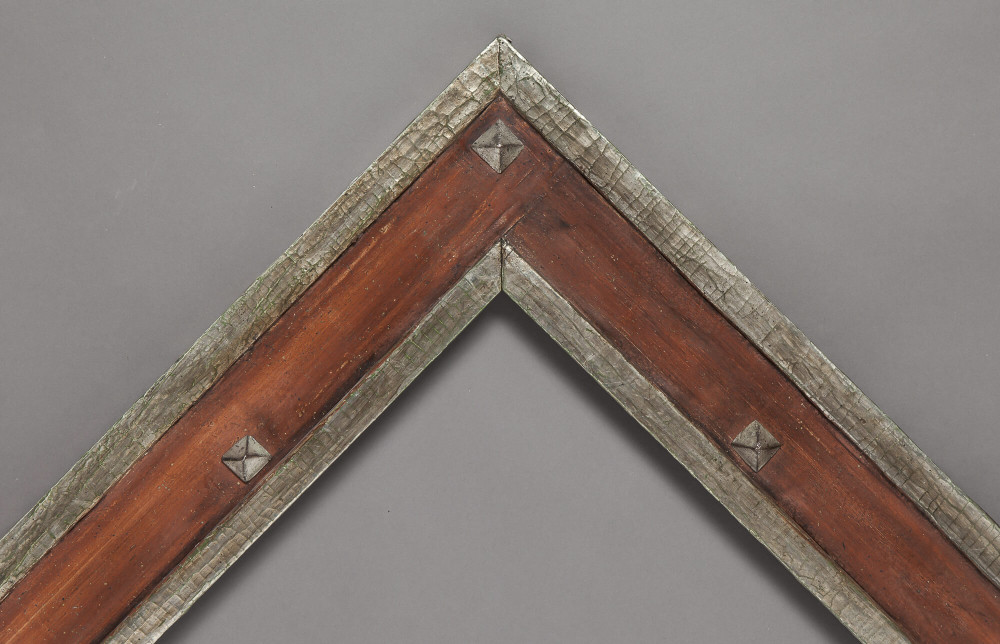
Picasso loved to frame his oils in these substantial, confident profiles. Visit the National Portrait Gallery and you will find a swathe of Spanish reverse frames used on English formal portraits, demonstrating a late 19th century revival too. Every year, we know we will reframe significant paintings for collectors and galleries alike, exchanging Spanish for Italian and back again as the pendulum of taste swings. Ultimately, the best decisions always come from looking at the work itself, allowing the painting to breathe.
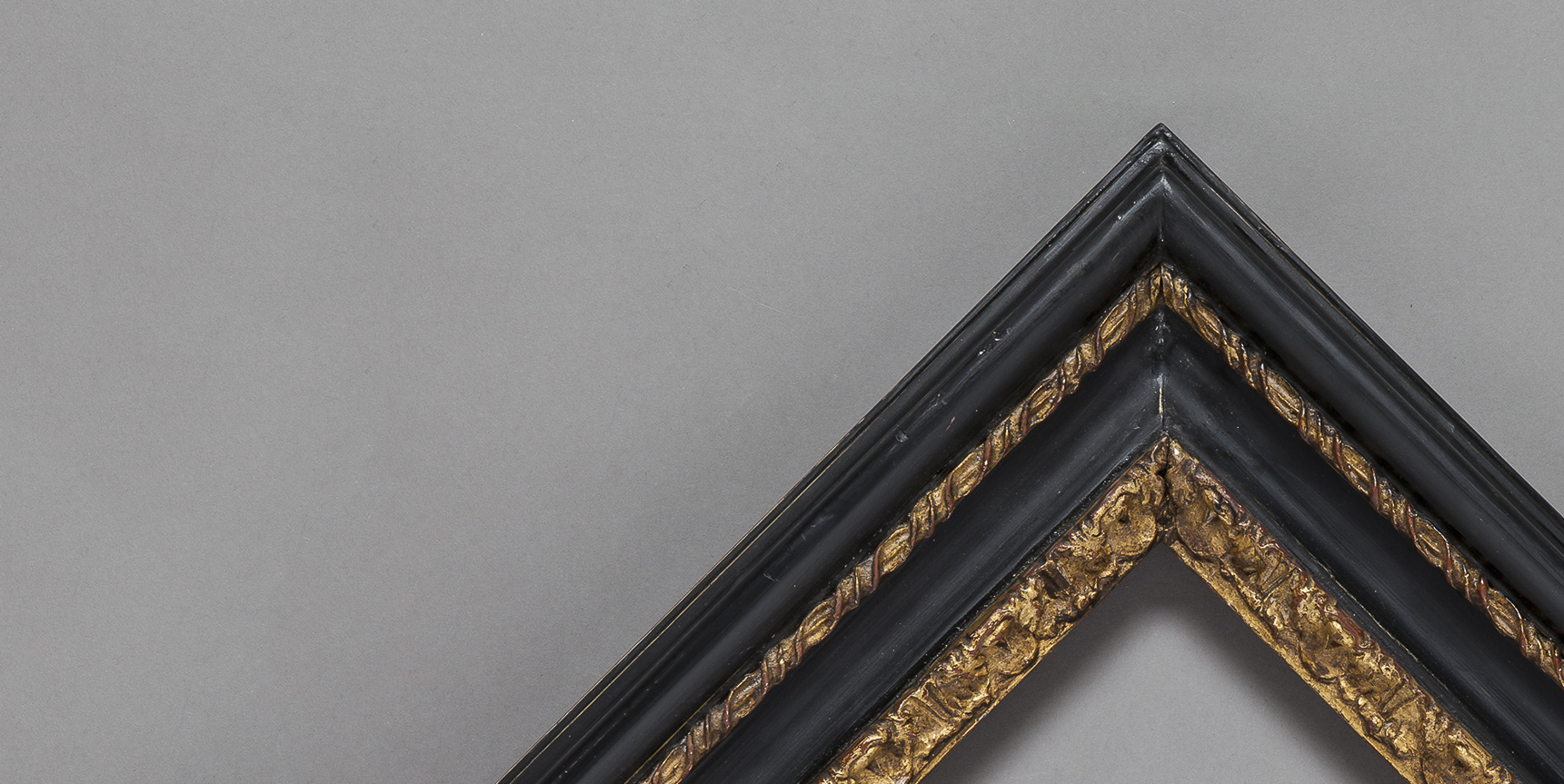
English
Subtleties differentiate English fine art frames from their French counterparts. The boles, or clays, used under the gilding are paler; muddier reds or soft pinks, even a greyish blue instead of the deep vermilion of the French. As a result, the gold is knocked back, looks less rich.
 Download profile
Download profile 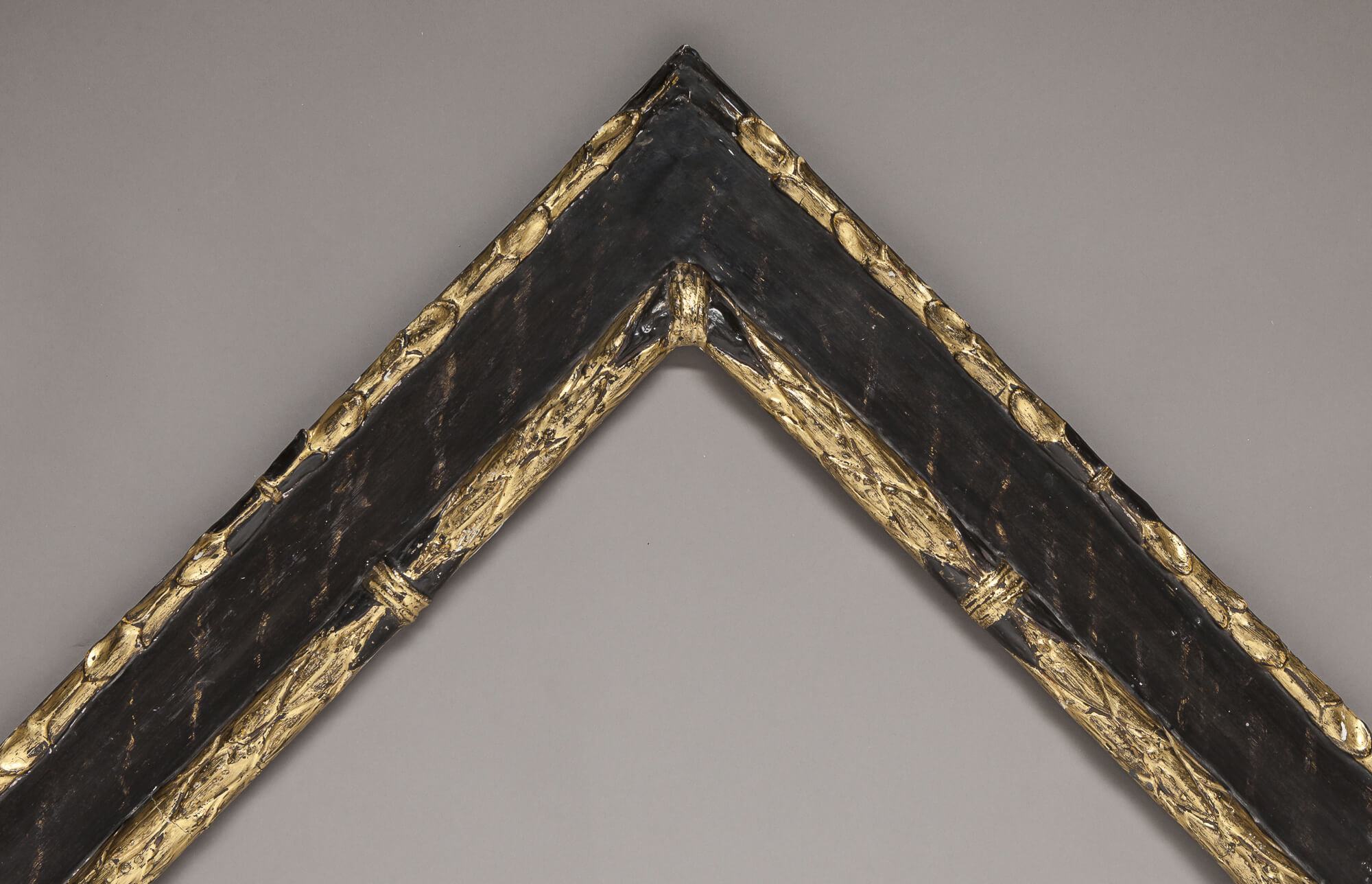
 Download profile
Download profile 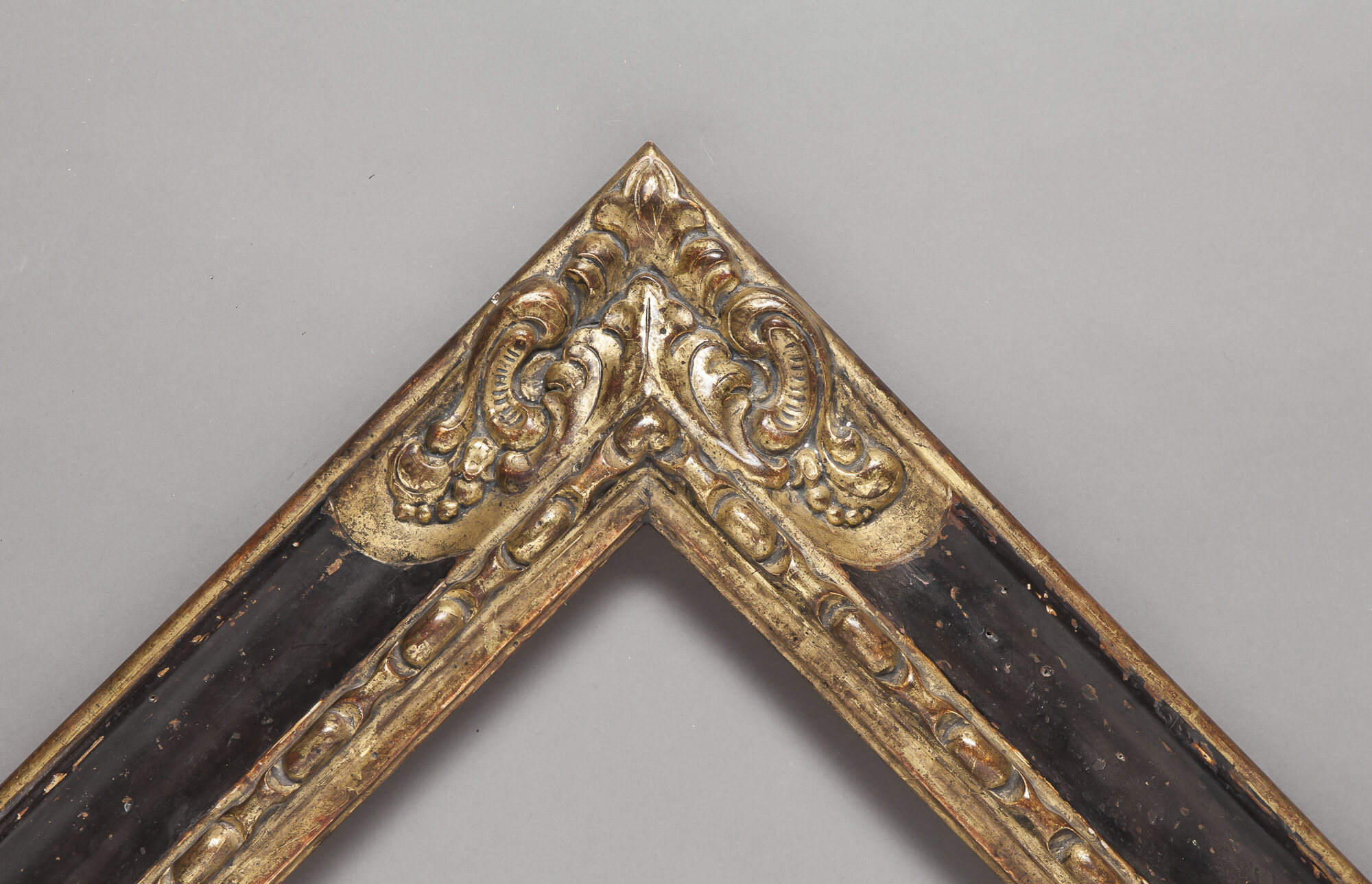
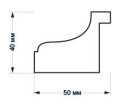 Download profile
Download profile 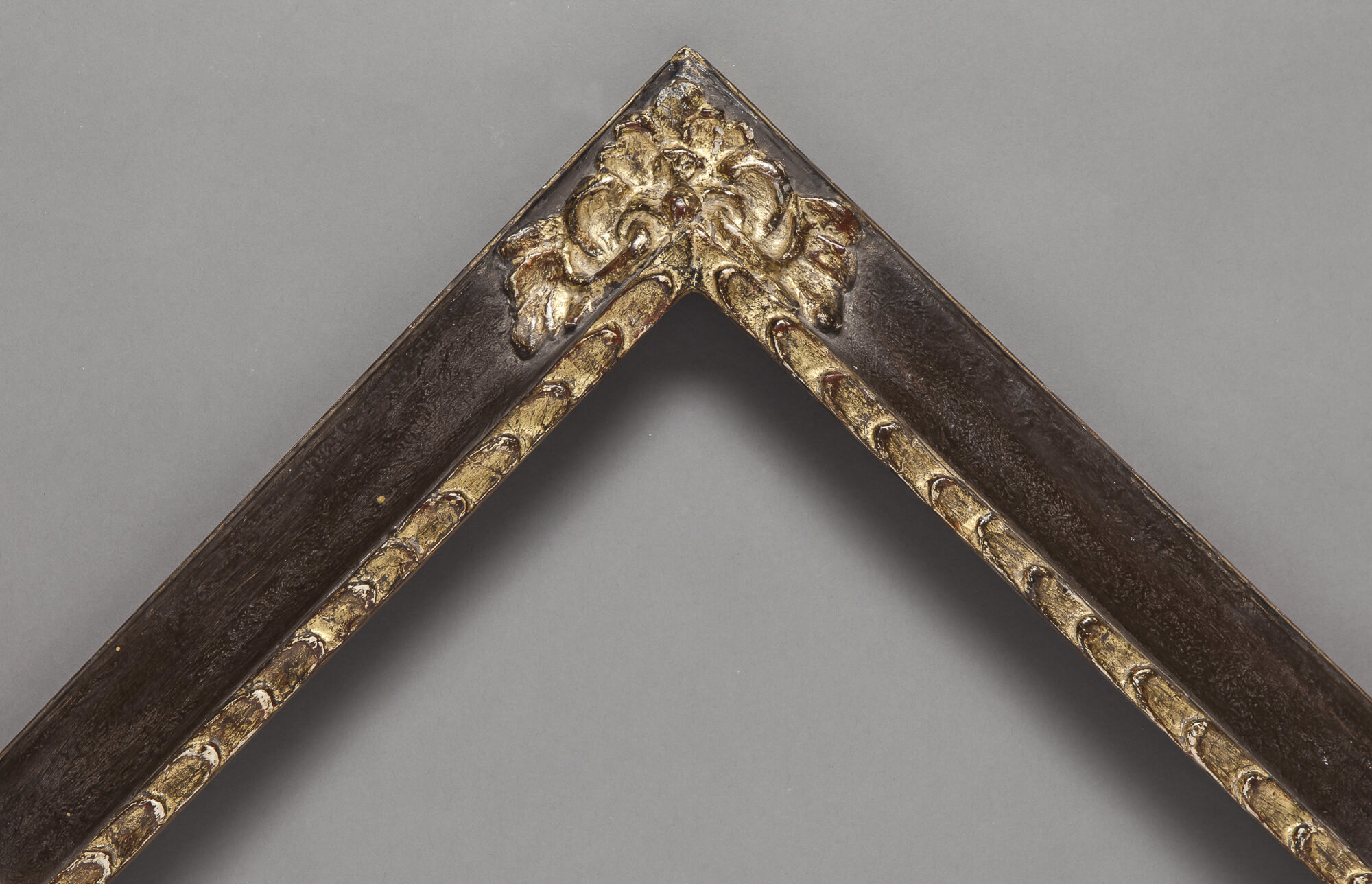
 Download profile
Download profile 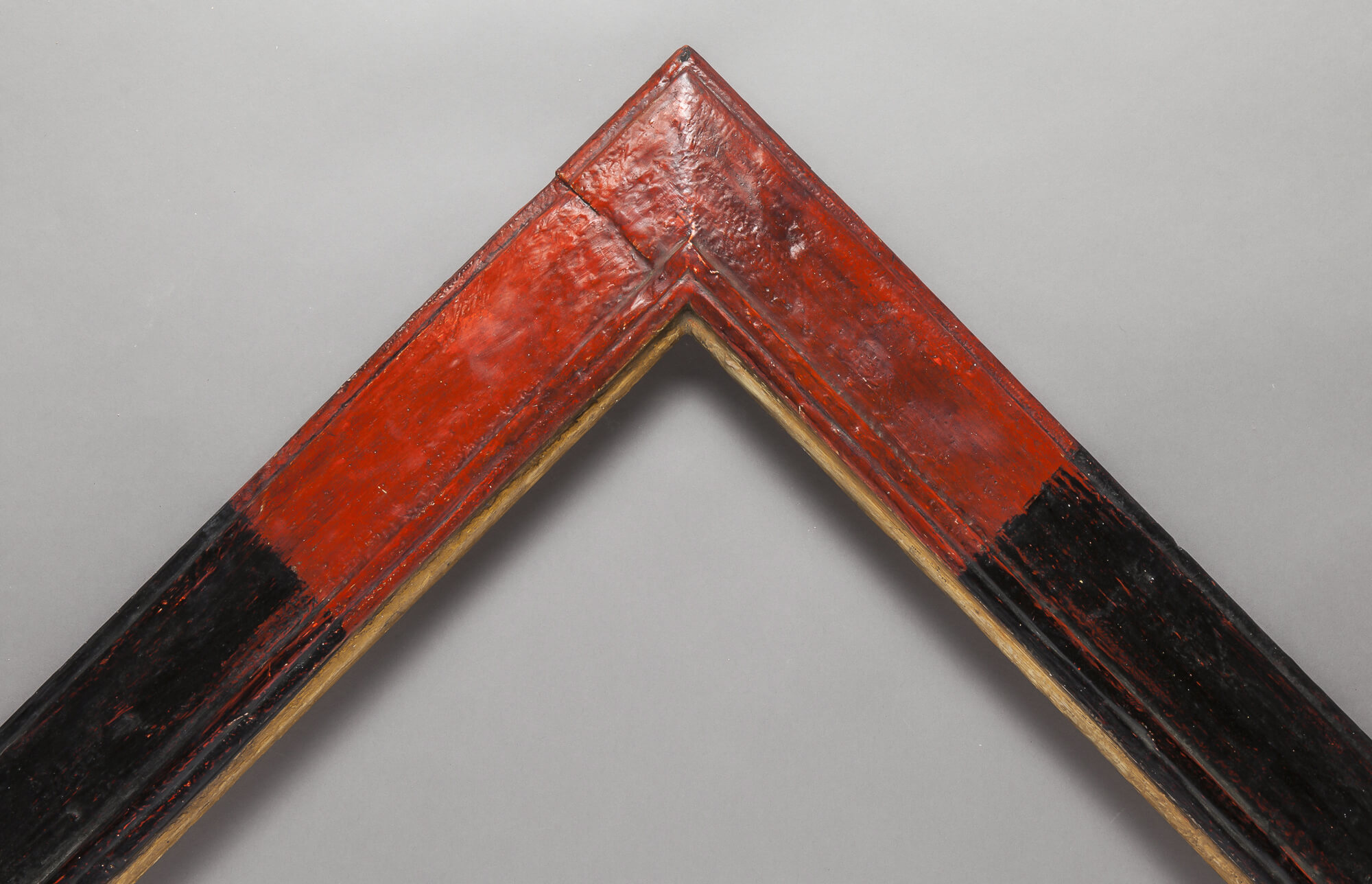
 Download profile
Download profile 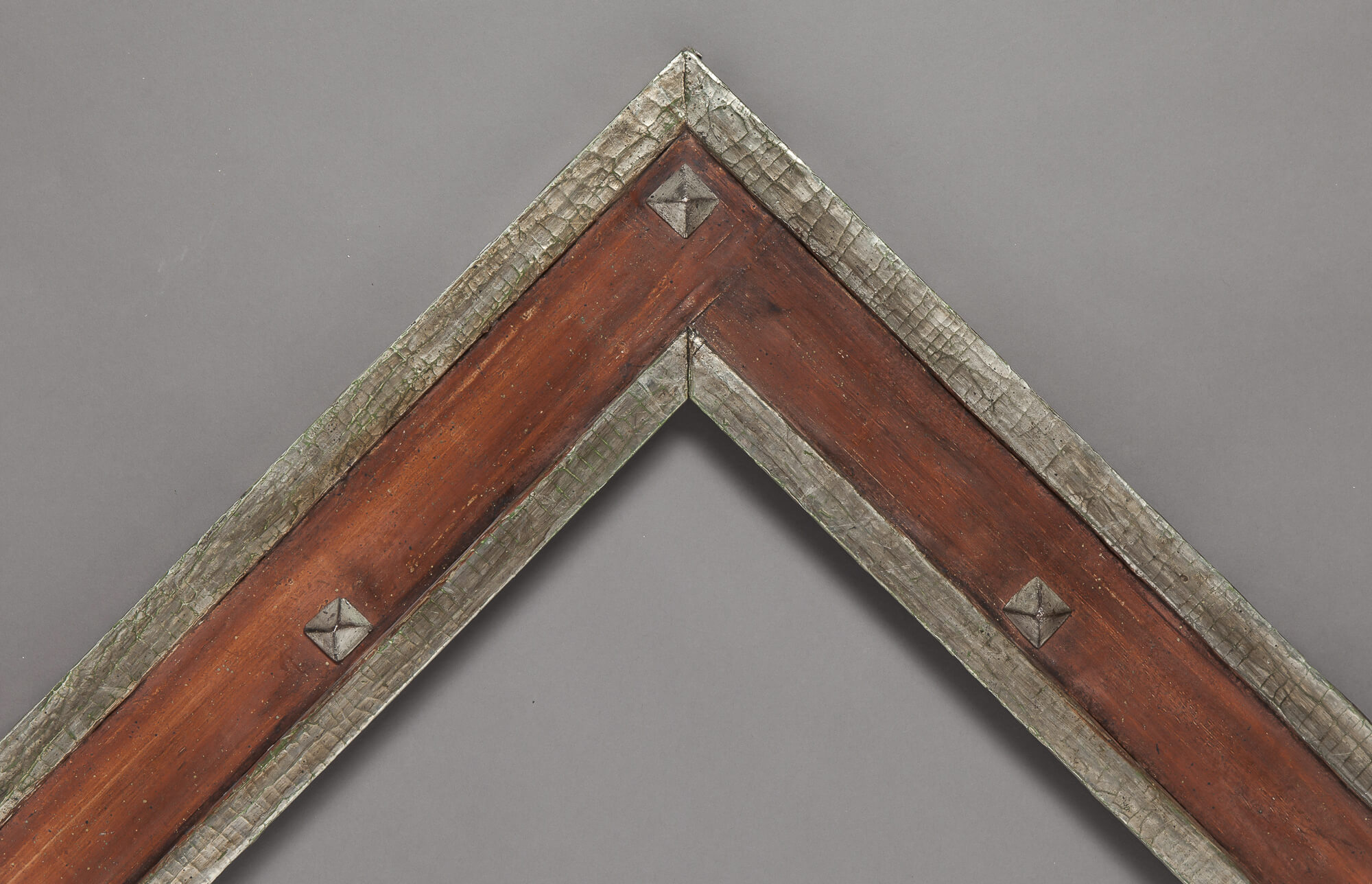
 Download profile
Download profile 